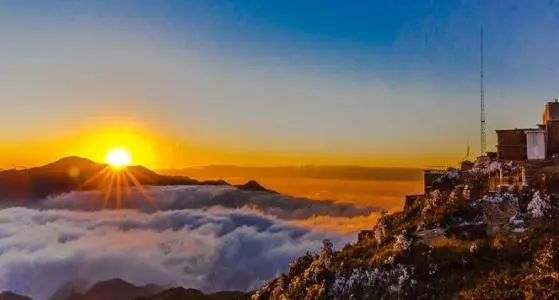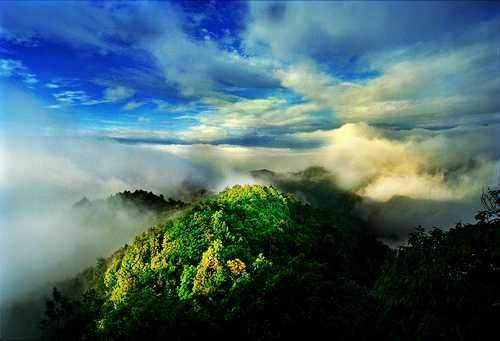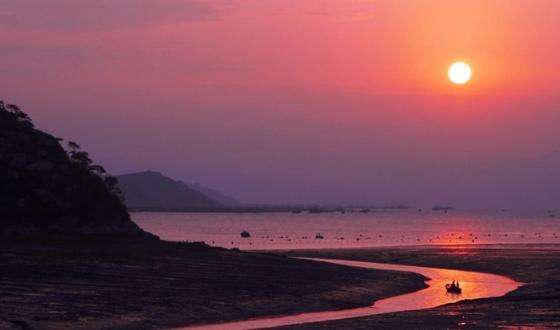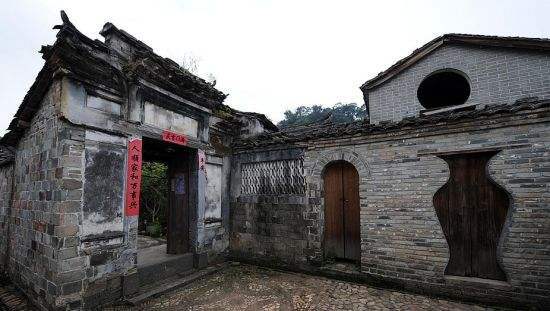Dehua Jiuxian Mountain
Jiuxian Mountain is the highest point in Quanzhou, with beautiful scenery that makes you feel like you are in a fairyland. In winter, you are likely to encounter snow or rime when climbing the mountain. Shiniu Mountain has magical legends and many caves. The top of the mountain is often shrouded in clouds and mist, making it an excellent place to watch the sunrise.
Yongchun Niumulin Ecotourism Area
Niumulin is the best-preserved and most distinctive primitive forest group in southern Fujian, known as the Xishuangbanna of southern Fujian. The scenic area also offers activities such as high-altitude cableways, grass skiing, and archery.
Yongtai Qingyun Mountain Scenic Area
Yongtai Qingyun Mountain is mainly known for its waterfalls, among which the most famous is the Qinglong Waterfall with a drop of over 80 meters. Other classic attractions include Yixiantian, Baimashuangxi, Baima Waterfall, and Shuilian Wonderland.
Sandu'ao Tourist Scenic Area
Sandu'ao is not only a famous deep-water shelter port but also boasts picturesque mountain and sea scenery. The area is surrounded by famous attractions such as Doumao Scenic Area, 'General's Peak', 'Pen Rack Mountain', and 'Sea Fairy Ape'. On Sandu Island, you can see the former Spanish Gothic Catholic Church and the nunnery.
Peitian Ancient Residences
Peitian Ancient Residences is one of the most well-preserved Hakka residential architectural complexes from the Ming and Qing dynasties in China. Known as the 'Ancestral Land of Hakka' in western Fujian, it is acclaimed as the 'Folk Forbidden City'.
Taining Geological Museum covers an area of 120 acres, featuring the Avenue of Geological Celebrities, a geoscience popularization exhibition hall, Taining's unique stones, classical gardens, and a GIS demonstration system. The museum includes both indoor geological exhibition halls and outdoor garden landscapes.















